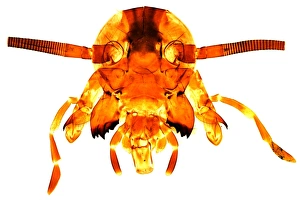Galea Collection
Galea, a word that evokes the grandeur and brutality of ancient Rome, and is synonymous with power, conquest, and the indomitable spirit of its legionaries
All Professionally Made to Order for Quick Shipping
Galea, a word that evokes the grandeur and brutality of ancient Rome, and is synonymous with power, conquest, and the indomitable spirit of its legionaries. In the midst of triumphs and tragedies, galea helmets stood as symbols of strength and resilience. One such moment captured in history is Simon's tragic fate during the triumph of Titus. Dragged to his death place, he became a haunting reminder of Roman might. This poignant scene comes alive through an illustration from Hutchinson's History of the Nations in 1915. The rise of Marius marked a turning point for Rome. With litho precision, we witness his ascent to power—a testament to ambition and strategic brilliance. Roman legionaries clad in lorica armor donning galea helmets stand tall beside him, ready for battle during a siege. As we journey across continents and time periods, we find ourselves on the banks of Hooghly River in Kolkata, India between 1880-1890. Bathed in historical significance like ancient Rome itself, this location serves as a backdrop for diverse cultures intertwining just as they did under Roman rule. The spoils of war adorn the Arch for Titus—an architectural marvel celebrating military victories etched into eternity. These triumphant soldiers wearing galea helmets carry with them tales whispered by time itself. A relic from centuries past emerges—a helmet crafted from iron dating back to the 4th - early 5th century AD. This galea stands as an artifact connecting us directly to those who once wore it upon their heads—warriors whose stories are forever intertwined with our own. Hannibal's audacious crossing over Alps immortalized through art captures our imagination—the sheer determination reflected both on Hannibal's face and within his troops' unwavering resolve against all odds. In Carthaginian waters raged fierce battles against Roman galleys—a clash of civilizations where galea helmets clashed, and destinies were shaped.











